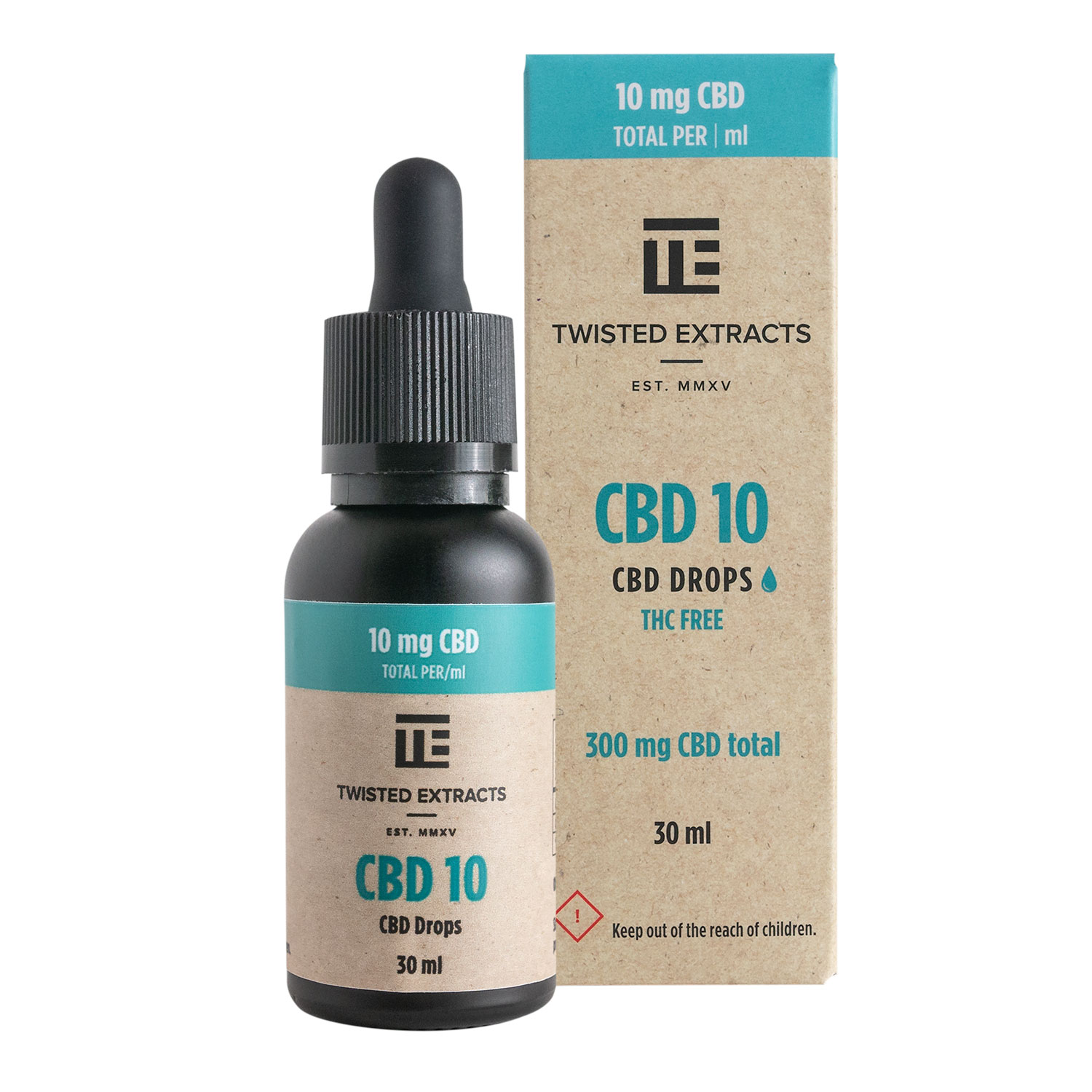Psychedelics are a class of psychoactive substances that alter perception, mood, and cognitive processes. Often referred to as “hallucinogens,” these substances can induce profound changes in sensory perception and thought patterns, leading to experiences commonly described as “trips.” Psychedelics have been used for centuries in spiritual and cultural rituals and are now being studied for their potential therapeutic benefits.
Types of Psychedelics
Psychedelics can be natural or synthetic, with the most common types including:
1. Classic Psychedelics
- LSD (Lysergic Acid Diethylamide): A synthetic compound known for its powerful hallucinogenic effects.
- Psilocybin (Magic Mushrooms): Found in certain fungi, psilocybin converts to psilocin in the body, producing altered states of consciousness.
- DMT (Dimethyltryptamine): A naturally occurring compound found in certain plants and animals, often associated with intense, short-lived trips.
- Mescaline: Derived from the peyote cactus, mescaline produces vivid visual and emotional experiences.
2. Empathogens (Sometimes grouped with psychedelics):
- MDMA (Ecstasy or Molly): Known for enhancing feelings of empathy and emotional connection.
3. Dissociative Psychedelics
- Ketamine: Produces a feeling of detachment from reality and is now being researched for depression treatment.
- PCP (Phencyclidine): A dissociative drug with powerful mind-altering effects.
How Psychedelics Work
Psychedelics primarily affect the brain’s serotonin system, especially the 5-HT2A receptor. This action disrupts normal brain communication, leading to altered perception, enhanced creativity, and a sense of interconnectedness.
Key effects include:
- Changes in sensory perception (e.g., visual or auditory distortions).
- Altered sense of time and space.
- Enhanced emotional and introspective experiences.
Effects of Psychedelics
The effects of psychedelics vary depending on the substance, dose, setting, and the individual’s mindset.
Short-Term Effects
- Visual or auditory hallucinations.
- Changes in thought patterns.
- Heightened emotions.
- Spiritual or mystical experiences.
Long-Term Effects (Positive and Negative)
- Potential Benefits: Increased creativity, emotional healing, and reduced symptoms of depression or anxiety (in therapeutic settings).
- Risks: Flashbacks, anxiety, or bad trips, especially if used irresponsibly or in unsafe environments.
Uses of Psychedelics
1. Traditional and Spiritual Use
Many indigenous cultures have used psychedelics in rituals and ceremonies for centuries. For example:
- Ayahuasca: A brew containing DMT, used in Amazonian shamanic practices.
- Peyote: Used in Native American religious ceremonies.
2. Therapeutic Potential
Modern research is exploring psychedelics for treating:
- Depression.
- Anxiety (especially in terminally ill patients).
- PTSD (Post-Traumatic Stress Disorder).
- Addiction (e.g., smoking cessation or alcohol dependence).
3. Recreational Use
Some people use psychedelics recreationally to explore altered states of consciousness, enhance creativity, or experience a sense of euphoria.
Risks and Safety Considerations
While psychedelics are not considered physically addictive, they carry psychological risks, particularly when used irresponsibly.
Potential Risks
- Bad trips: Intense anxiety, fear, or paranoia during a trip.
- Psychological distress: Worsened mental health conditions in vulnerable individuals.
- HPPD (Hallucinogen Persisting Perception Disorder): Rare, long-term visual disturbances after using psychedelics.
Safety Tips
- Use in a safe, comfortable setting.
- Have a trusted, sober person present (“trip-sitter”).
- Start with a low dose, especially if you’re new to psychedelics.
- Avoid mixing with alcohol or other drugs.
Legal Status of Psychedelics
The legality of psychedelics varies worldwide:
- Illegal: Most psychedelics are classified as controlled substances in many countries.
- Decriminalized: Some cities and countries have decriminalized certain psychedelics (e.g., psilocybin in parts of the U.S. like Oregon).
- Legal for medical use: Psychedelics are being studied and used in controlled therapeutic settings in some regions.

